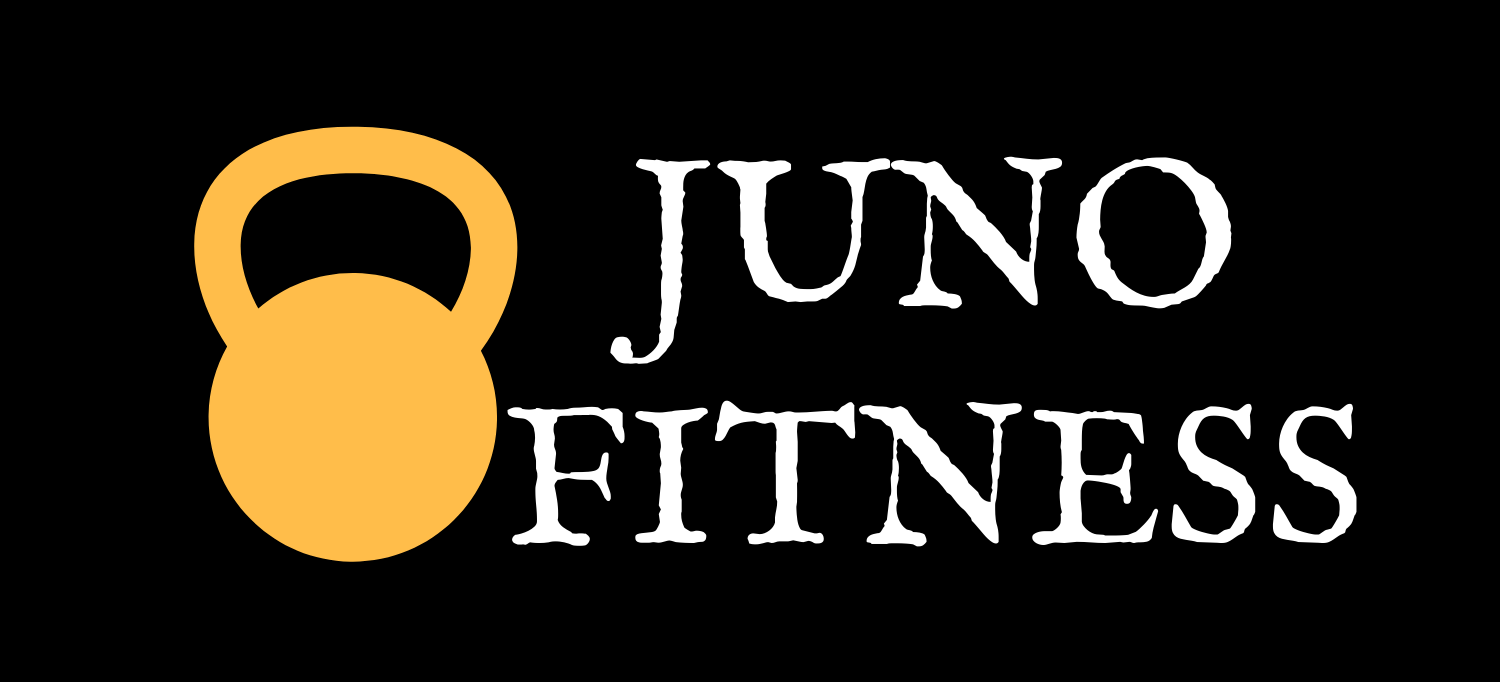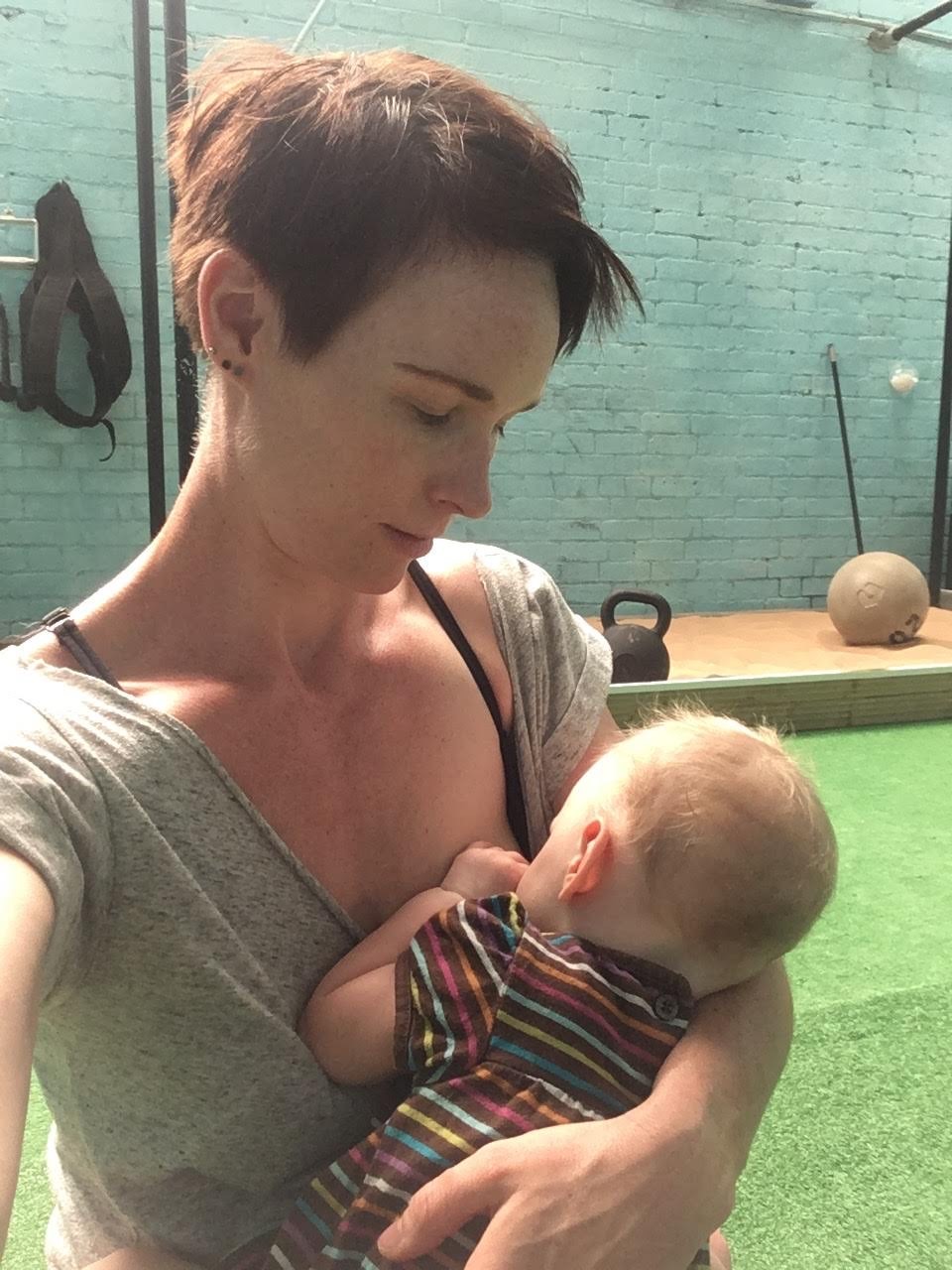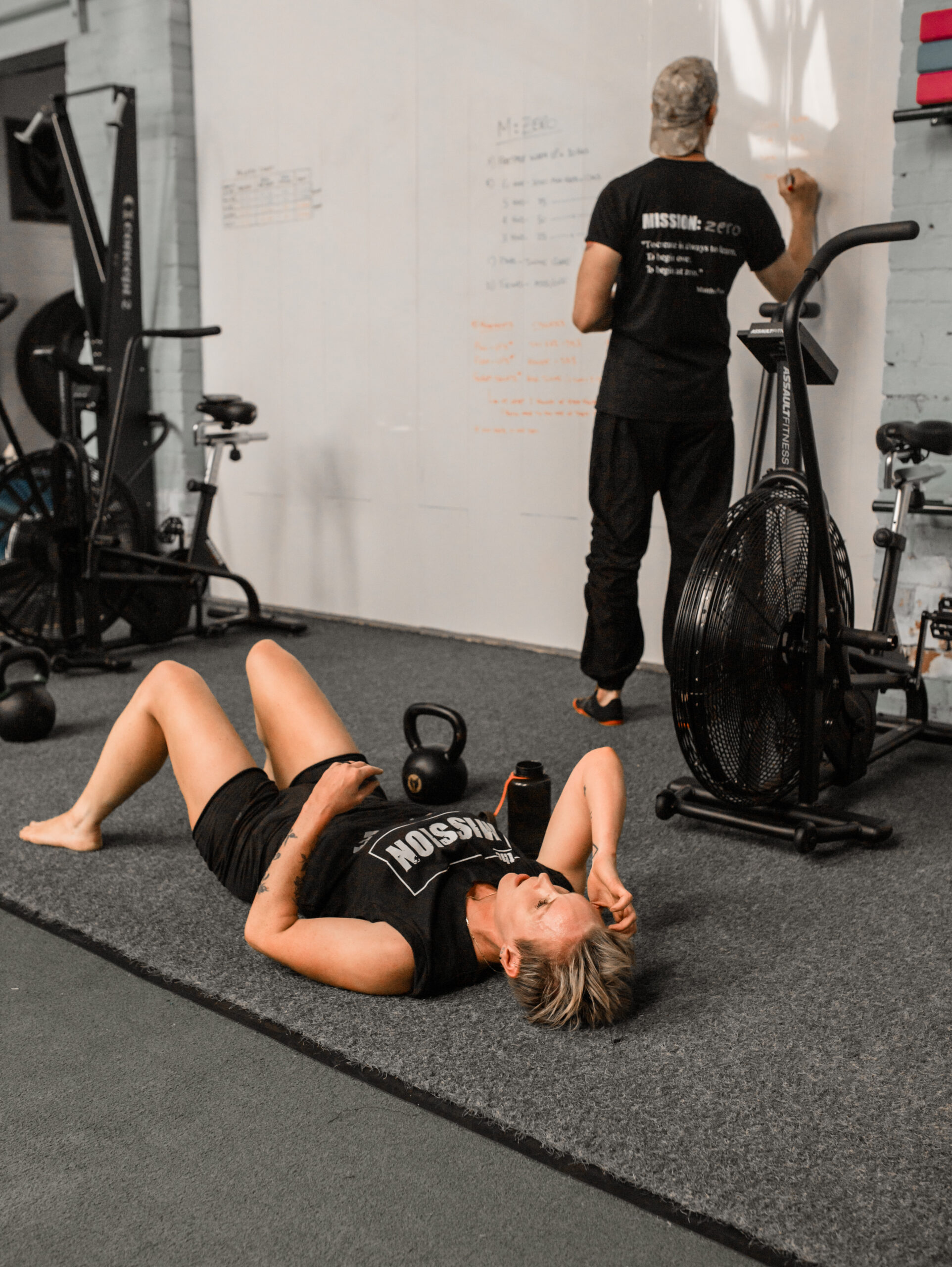“I feel good about my body shape and size most of the time.”
Buckle up, this is a long one.
I was thinking the other day, I feel good about my body shape and size most of the time. Maybe 90% of the time. Which is a lot, considering I can, if I let myself, think of plenty of things about it that (generally speaking) aren’t what constitutes as “to feel good about” and considering that my relationship with my body has been, well, shaky, shall we say.
Whatever you might think about what you’ve seen of my body, I can observe plenty of things I should not feel good about, using the lens of 30+ years of beauty indoctrination.
Here are a few examples:
- my skin doesn’t have an even tone; it’s pale, freckly and moley.
- i’ve got cellulite
- my hair is floppy
- some bits of me are hard and lumpy, some bits are soft and squashy.
- my head is small and it makes my body look massive when I make a shadow on the floor.
- my belly is not flat
- my feet look weird
These things I’ve mentioned, are very minimally, if at all, inside my control.
Despite advertising of products and services that create flaws and charge us for the solutions, tricking us into thinking that we are the creators, and curators, of our own bodies, and that we are responsible for artificially holding back the way our raw material naturally wants to fall; responsible we are not.
Bu I, we, can do things that tweak the way we naturally, cosmetically appear (hair dye, makeup, nail varnish, etc etc etc)
So if we assume the way I train as being the sole affecter of my body shape (it’s not, but let’s assume it is for the sake of this argument), I can train in such a way that I have a noticeable body style as “she definitely exercises”, which brings my body closer to a version of what is acceptable to “feel good about”.
When it comes to my external observations about my skin and hair, I’m reminded that the way we look cosmetically is, generally, tweaked by *things* that you can buy in a shop that you put ON your body, whereas the way our body fills its skin, our shape and size, is accepted to be tweaked by our behaviours and is internal; namely, it’s assumed to be things we do WITH our bodies; and thus is the result of how we eat and exercise.
It occurs to me that people often associate the methods of eating and exercising that they choose with particular outcomes:
If you think of a yoga/pilates body, what do you think of?
or a runner’s body?
a weightlifter’s body?
a dancer’s body?
a person who eats too much “junk food”?
a person who eats “clean”?
(both terms are in “inverted commas” because they are subjective and unscientific)
“We have generalisations about what bodies look like based on what they do, and how they eat”
Here’s a story:
A friend of mine at school (let’s call her Louise, because that was her name) when we were about 6 or 7, told us she had “footballer’s legs”, as described by her family members based on how they looked. She did, also, play football. Chicken and egg situation; did her legs look like that BECAUSE she played football, or did they look like that AND she played football? Could be either or neither. But whatever, it was a common refrain around school to note that, “Louise has footballers’ legs”
(Her legs looked like normal legs to me, to be honest)
It’s interesting to note that her football skills weren’t often praised (they should have been, she was and likely still is, a wicked good footballer); but her body shape was praised, linked to her playing football.
“I didn’t then, and have never since, heard any of the boys talk about the shape of their footballer’s legs. I’m willing to be proven wrong, though.”
The point is, we lay a lot of expectation on ourselves to choose and maintain the shape of our bodies.
When it comes to our eating habits, the general belief as far as my observations go these days, is that we should always be trying NOT to get bigger. What that looks like as beliefs around eating, and our eating habits themselves, will vary between what influences we’ve been exposed to and how we’ve internalised them.
It’s widely accepted that our behaviours are what control the size and shape of our bodies, and we are responsible for those behaviours, but this isn’t the whole truth.
And it’s actually further from the truth than you might think.
Firstly, and this is important, you are NOT solely 100% responsible for the behaviours that lead to the size and shape your body is. This doesn’t mean that you have no impact on your body, but that the impact is shared and only minimally controllable by you.
In no particular order, that responsibility is made more or less impactful depending on:
- genetics (not just “how your body is supposed to naturally look”, but for example predisposition to disease, stress, and mental health, which will all impact your body shape and size),
- how much money you have access to,
- what information you’ve been told, when you were told it, whether or not it was true, and how deeply you internalised it,
- the influence of people around you.
- your environment; social, political and material.
You see where I’m going. Things outside of your control.
Escaping the universe of misinformation and barriers to an “idealised” body shape and size is not easy.
It is also unique; your route to an *ideal for you* eating and exercise habit is unique. Nobody, no government soundbite or fitness coach can tell you exactly what to do to get to where you think your body should be.
Whether or not you think I’m right – and for the purpose of my argument let’s accept that I am – and that you are not solely responsible for the decisions you make about eating and exercising, and thus, your body shape and size, you’ll need to get to this point on your own to meet me here:
being happy with how your body looks, regardless of how it looks.
Let me tell you how *I* got here^:
I am not solely responsible for the decisions I make that lead me to look the way I look.
- I don’t have limitless time or money
- I’m at the mercy of my own intellect and how I process the education that I have
- I’m at the mercy of my natural food preferences
- Of my mental health
- Of my past experiences
- I’m influenced by who I’m with – in real life and online
- I’m bound by what I have access to physically
- I’m restricted by the seasons, how busy I am, where I am
- My body chemistry is such that it tolerates food and drink really well – I’m not intolerant to anything, nor allergic. I can pretty much eat what I want and my body doesn’t react with inflammation or upset.
With all of these parameters, and more, my eating and exercise behaviours exist.
I eat what I eat because of all of the above.
I train how I train because of all of the above.
My responsibility, and my control over what I eat, how I train and, if we go back to the beginning, how that makes my body look, is bound by these parameters, some of which I can change, some I can’t.
It’s this realisation that made me understand that I HAVE to be happy with how I look, in a given moment, because I can see that I cannot possibly do anything more.
I’m doing what I can, with what I have, at this moment in time.
I can only change the things that I have control over.
So can you. What things CAN you have control over and what can’t you?
(Clue: you definitely don’t have control over the end result)
What you MIGHT be able to control:
- what information you access, what you learn and who you learn it from
- what movement activity you enjoy and can do frequently (obviously it’s kettlebells 😜)
- your social influences (irl and online)
- other things I haven’t thought of because I’m not you
This is liberating. Realising this was the first thing that allowed me to relax about how I look.
“You don’t have as much control, or responsibility as you think, but also, you have more than you think”
The second thing i realised, related to and dependent upon the first, is this: rather than looking for a result in body shape to make me happy (a curve, a measurement, a silhouette, a clothes size), I slowly associated feeling happy with my body with DOING the behaviours that I wanted to do, that I could control, to whatever degree of control I have over them, that make me feel good about my body.
I’ve taught myself to get my dopamine rush out of what I’m doing, NOT the result of what I’m doing.
I can’t control my body. It’s a wild animal. So my body isn’t the goal.
The things I DO are the goal in themselves, and I’ve taught myself to blur the lines between the two to the extent that they are one and the same:
“I like the way my body looks because I like the things I do with it”
And I love hard physical training. I have found a way of exercising that fascinates me and teaches me so much about myself. It challenges me every day. Sometimes because it’s hard; sometimes because it’s boring. But movement being what it is, it gives me a hit of endorphins and the more you tread the pathways that lead to endorphins, the more easily they flow.
My training does definitely impact the way my body looks inside its skin.
I know you’re thinking that and I agree. HOWEVER, if I were to use the checking of the way my body looks, and how I feel about it, as the reason to keep coming back to my training, I’d be feeding my nervous system a hit of stress. We will never, objectively, be happy with our bodies if we solely focus on making them look a certain way.
Bodybuilding is 100% about striving for body shape perfection, yet bodybuilders have high levels of body dysmorphia, negative body image and eating disorders.
Associating happiness with your body cannot be to do with its size and shape, or even what your body can do (another thing you have limited control over), but it’s THAT you do things that you WANT to do with your body; that make you feel good in your brain chemistry, that satisfy your body’s actual needs for frequent nutrition and movement, that keep it feeling good from the inside, as much as you can.
“You don’t have to have a manicure to be happy with your hands if you’re an artist”



